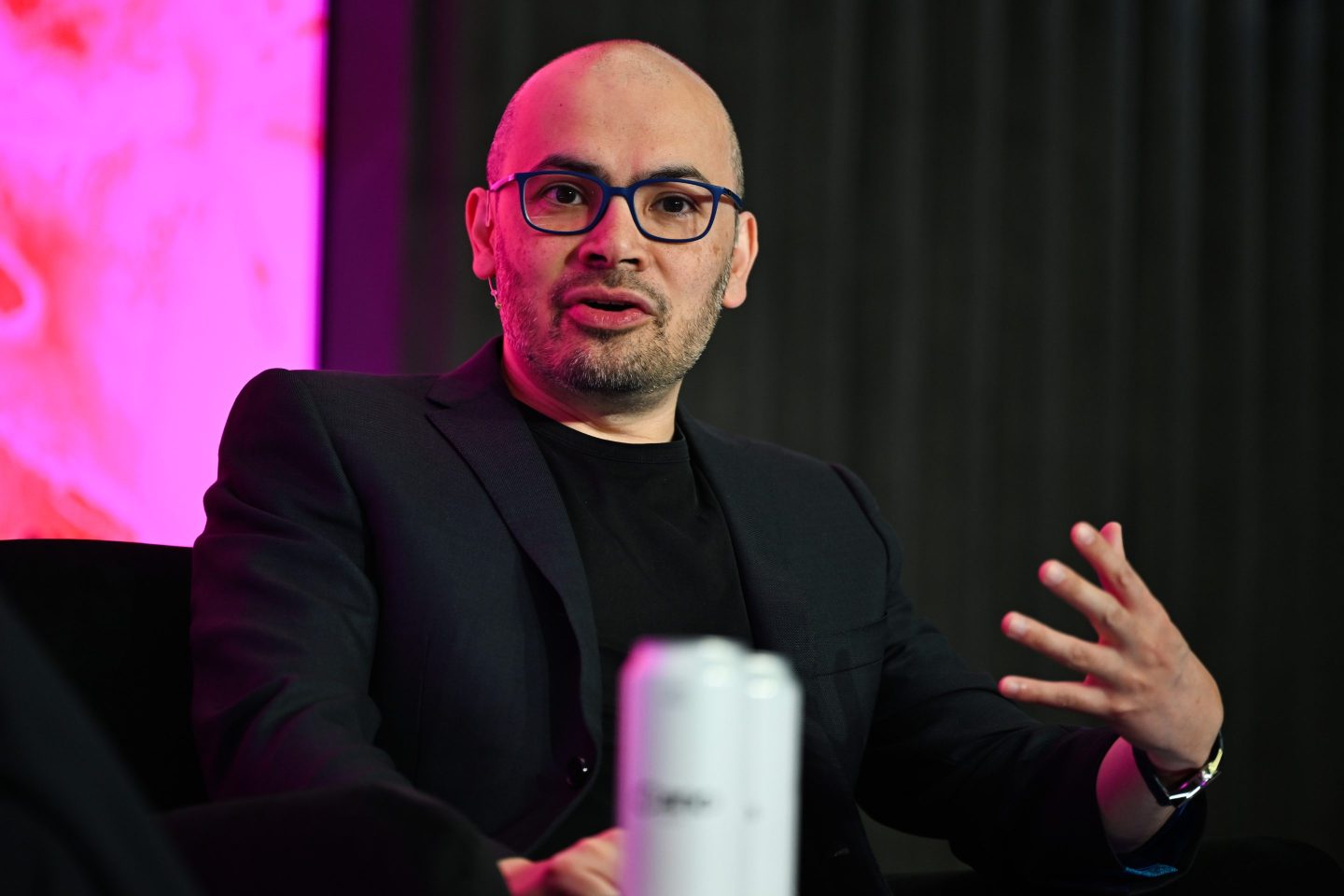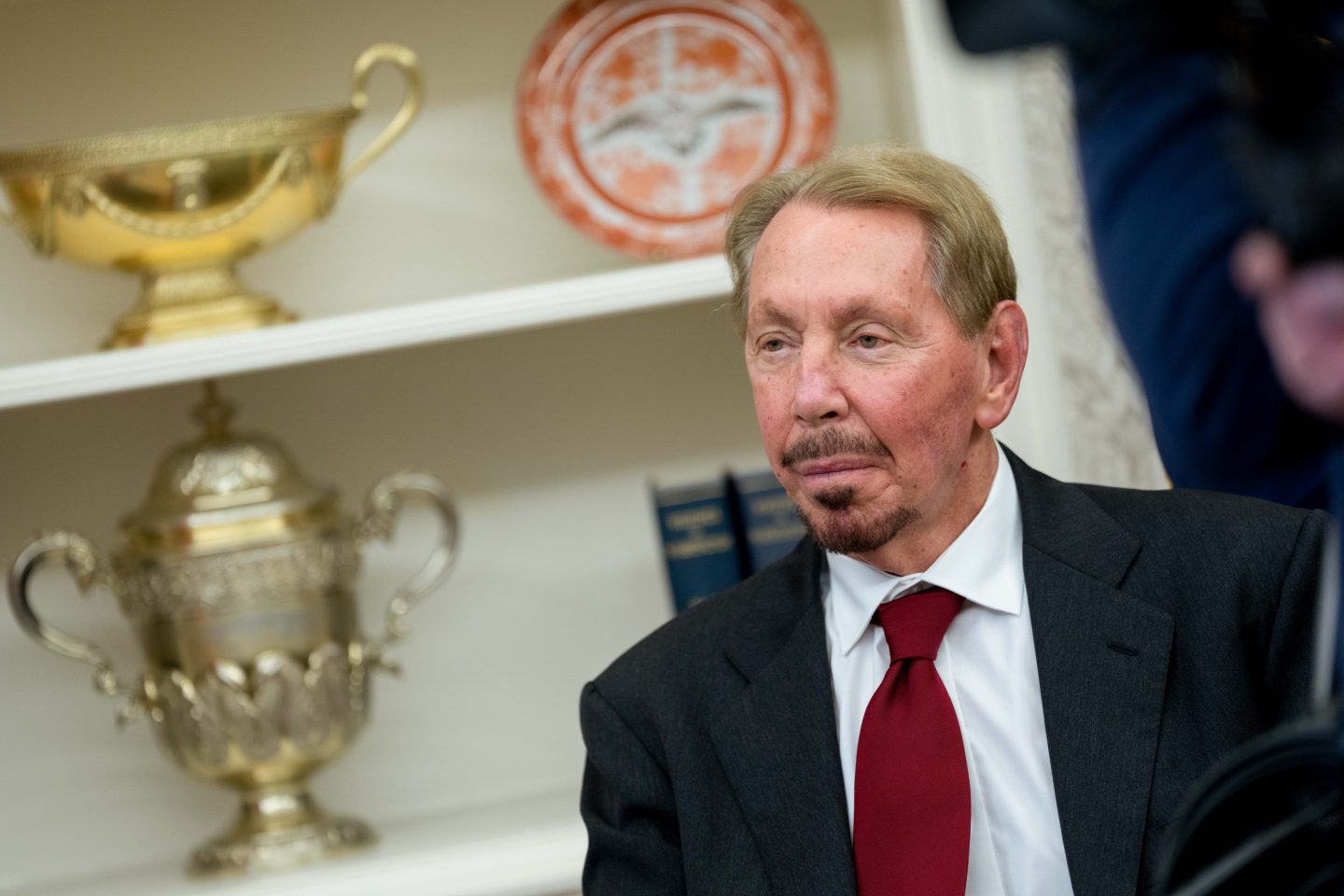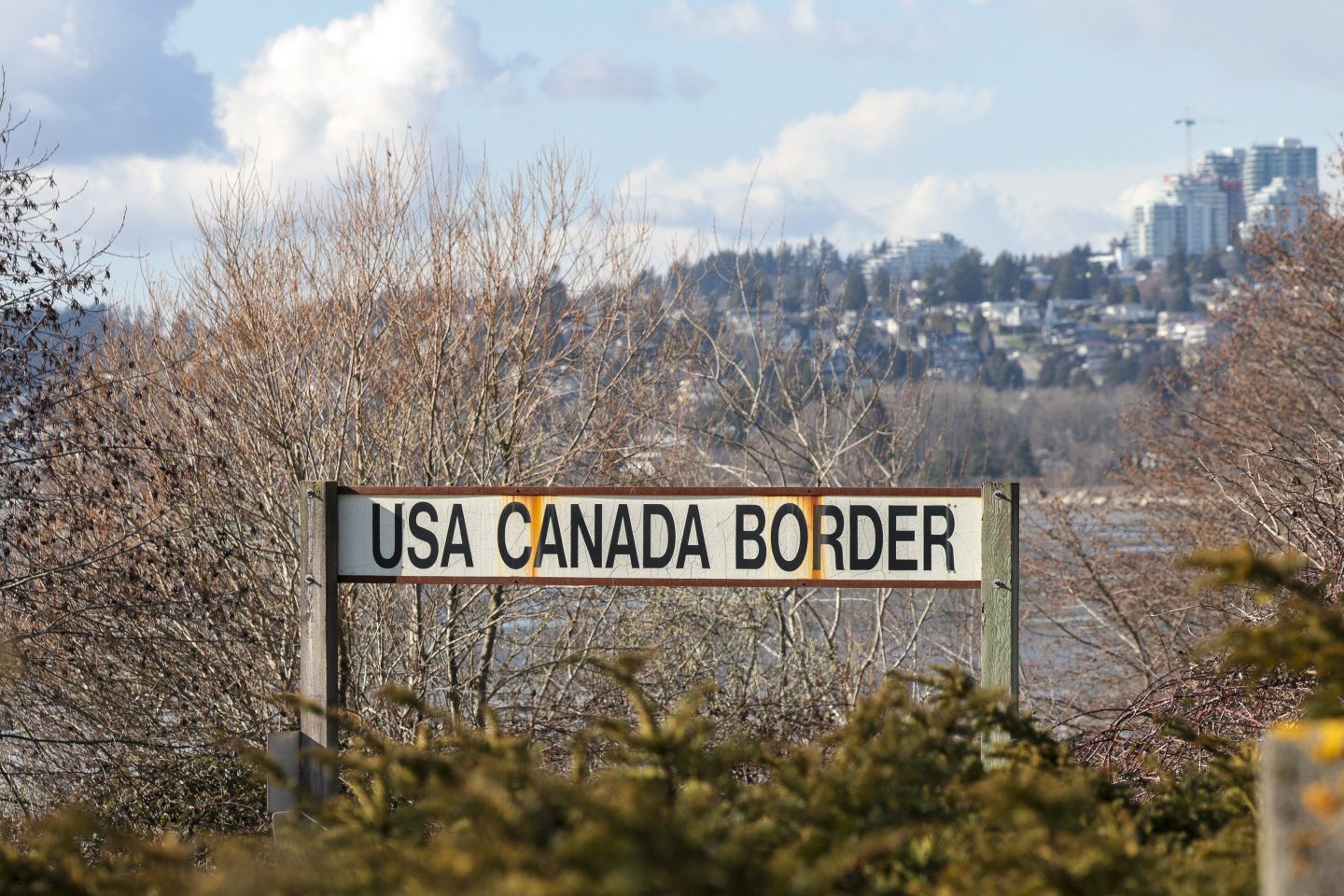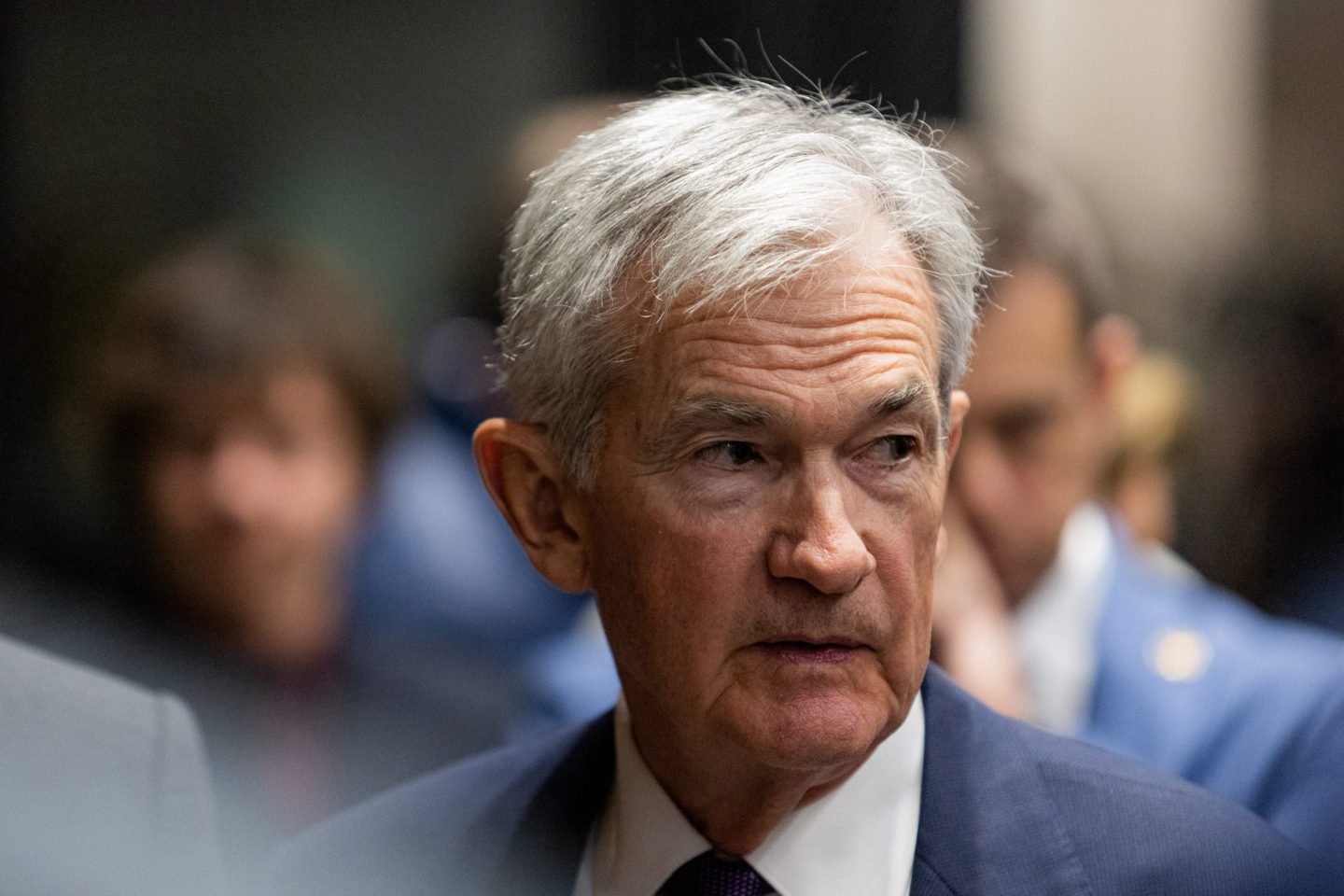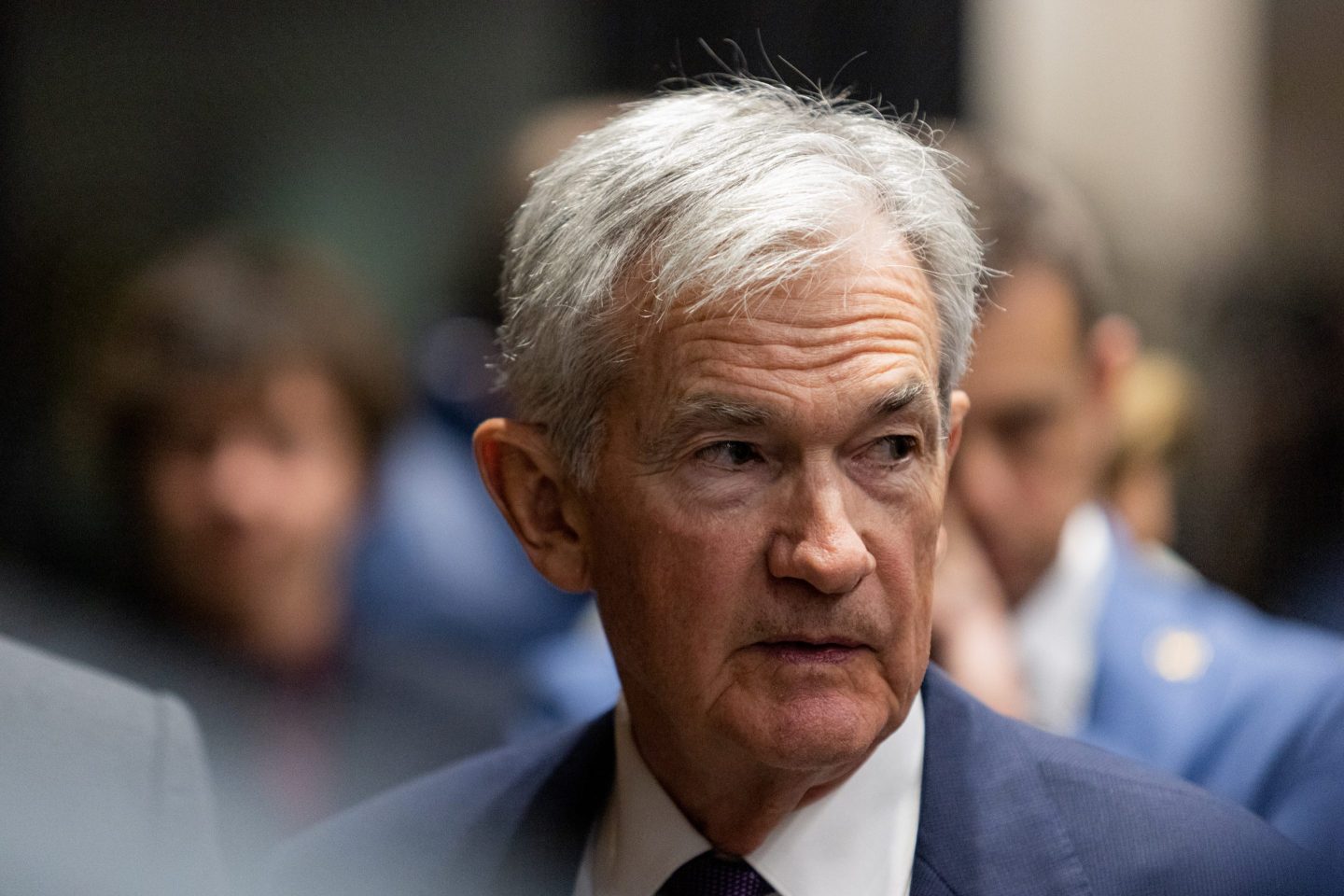Uber will suspend operation of its test fleet of self-driving vehicles in Arizona as it investigates a Friday crash there that ended with an autonomous vehicle rolled onto one side. No one was seriously hurt in the incident, according to local reports. According to authorities, a car failed to yield to the Uber SUV and struck it, suggesting the self-driving vehicle may not have been at fault.
Uber has now confirmed that the vehicle was operating in autonomous mode when the crash occurred, but was not carrying a backseat passenger. All of Uber’s autonomous vehicles currently operate with a human in the driver’s seat—in theory, to take over if things go wrong.
Get Data Sheet, Fortune’s technology newsletter.
Whether or not this turns out to be a failure of Uber’s technology, it accentuates the company’s struggles to make progress on its self-driving car project. And as described by Recode on Friday, the company’s tech setbacks are rooted in deeper internal struggles in its Advanced Technology Group.
According to Recode, at least 19 employees, including top engineers, have left ATG since Uber’s August 2016 acquisition of the self-driving startup Otto. Otto co-founder Anthony Levandowski quickly became head of ATG. Former Otto employees are reportedly unhappy with spending less time working on autonomous trucks, the startup’s original mission, while engineers who came to ATG as part of a 2015 mass poaching of engineering talent from Carnegie Mellon University have been disturbed by the leadership shakeup and strategic decisions.
Those staffers’ concerns included doubts about the ethics of deploying systems that hadn’t been thoroughly tested, as Levandowski pushed hard for public demonstrations. That approach led to a contentious and quickly-aborted rollout in San Francisco, during which self-driving systems failed to recognize stoplights.
Without more details, it’s too early to say whether Uber’s impatience led in some way to Friday’s crash. But the incident certainly doesn’t increase faith in the company’s prospects for improvement.
